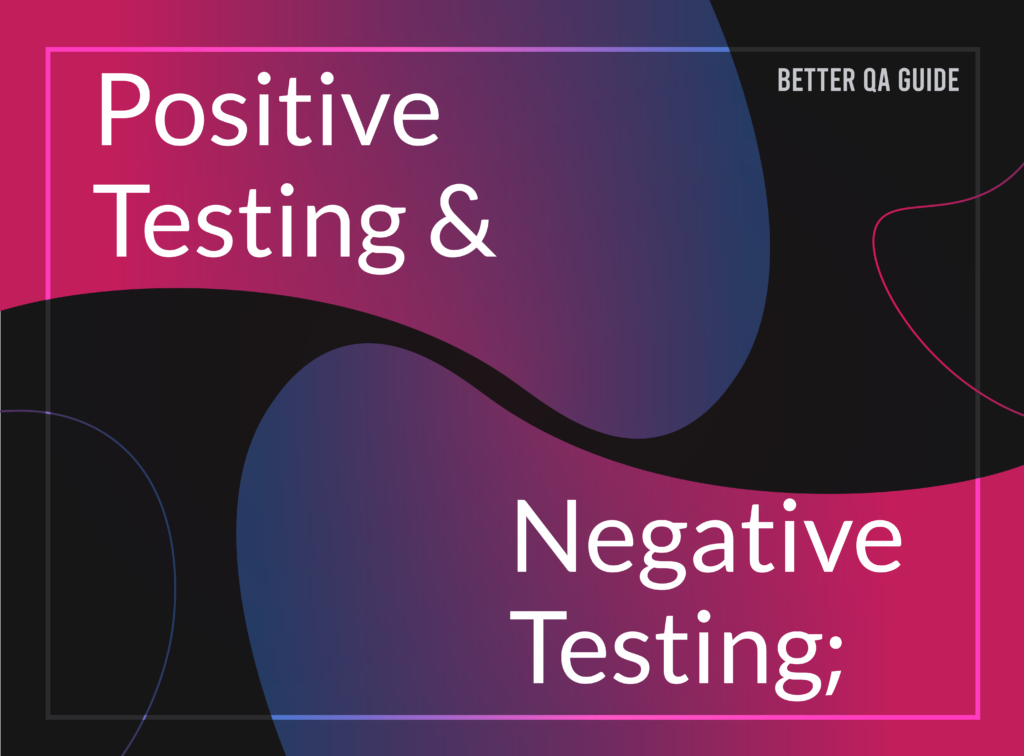Test Case Design: Crafting Effective Scenarios In 4 Steps

introduction In the world of software testing, test case design is a crucial aspect that can significantly impact the effectiveness of the testing process. An effective test case not only uncovers defects but also helps ensure comprehensive test coverage and efficient testing efforts. This article will explore the art of test case design, providing insights […]
Risk-Based Testing: Focused and Efficient QA Methodology

introduction In today’s fast-paced software development world, it’s essential to optimize testing efforts to meet tight deadlines while ensuring the delivery of high-quality products. Risk-based testing (RBT) is a methodology that helps QA teams prioritize their testing activities based on the potential risks and impact of defects on the end-users. This article will explore the […]
Regression Testing: A Beginner’s Guide

Introduction The cycle of software testing repeats with every newly added feature. Automation testers take into consideration all the necessary steps to make sure users will receive a functional and bug-free product. Today’s article will tackle regression testing, why it is essential in product testing, its advantages, and how to execute it yourself. What is Regression […]
Positive & Negative Testing

Introduction The main objectives of software testing are to check and validate that the software product works as intended and to enhance the software’s quality. The two major types of software testing are functional and non-functional testing. Positive and negative testing go under functional testing. These testing approaches have their main features and functionalities and […]
Acceptance/ Sanity/ Smoke Testing: A QA Guide

Introduction Let’s talk about the differences between smoke testing, sanity testing, and user acceptance testing (UAT). Generally, there is some confusion surrounding the topic of smoke testing vs. sanity testing. You might also be confused about why UAT is next to them. We want to clear it all out in this article. Since all of […]